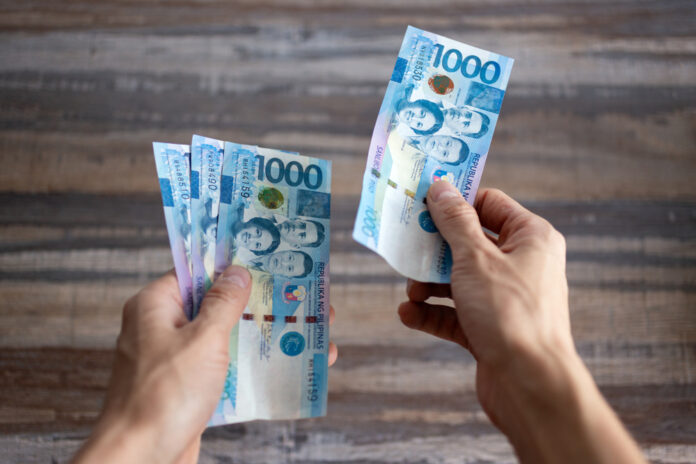More than eight of 10 in the Visayas and Mindanao are sanguine about their personal finances improving over the next 12 months, according to a survey conducted by an American information and insights company.
But less than five of those same Mindanao residents and even fewer in the Visayas consider applying for a new loan or pay down an existing one, according to the same survey.
Eventually, fewer than seven Mindanao residents and less than five in 10 Visayan residents would choose to drop plans to obtain a loan as they realize that it costs an arm and a leg to get one and that an application would only get rejected anyway.
Besides, the Q2 Consumer Pulse Survey conducted by Transunion found there are alternative sources of credit than just the banks and so-called other loan sources.
“For Filipinos, high interest rates and fear of being declined rank top among the factors that make accessing credit via loan application unappealing,” Pia Arellano, president and CEO at Transunion Philippines, said.
“These complexities can help explain why Filipinos turn to informal lenders such as family and friends for their loan needs in lieu of banks and other financial institutions,” she quickly added.
Some banks charge as low as 3 percent a month for personal loans as long as 36 months.
This developed as consumer loans, which include salary, motor vehicle and credit card loans, grew 22.7 percent as at end-May this year to P559.67 billion from only P464.77 billion last year.
Credit card penetration, which measures the number of Filipinos who own one as percent of GDP, is only 8.1 percent based on 2022 World Bank data and compares unfavorably against credit card penetration across Asia of 29 percent.
Data show Filipinos who have since transitioned to digital payment platforms rather than stay cash based only have moved closer to the 50 percent threshold set by the BSP at 42 percent at end-2022.







